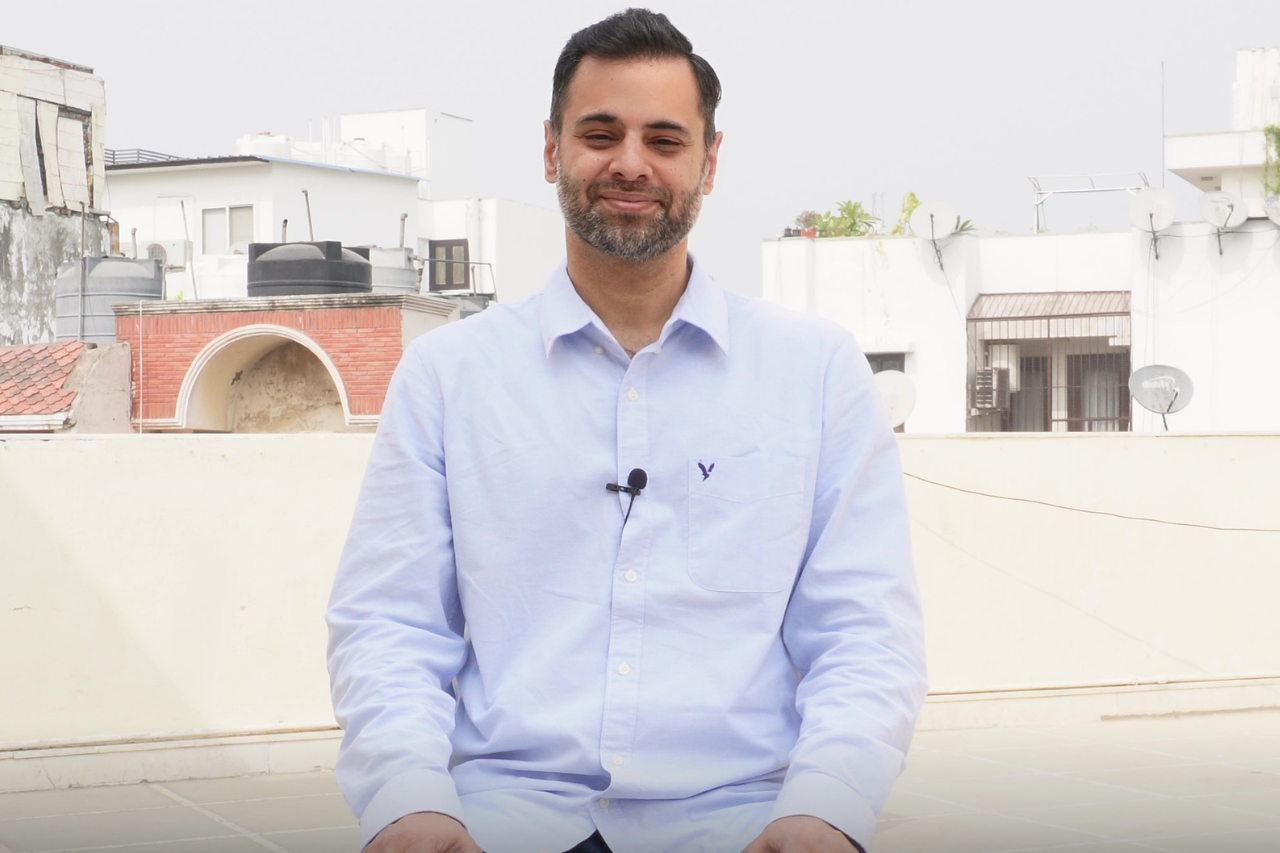This article is an excerpt from my book, Bitten By The Energy Serpent: A New Perspective on Kundalini Awakening
Q. I never thought about meditation in this way. I’ve been using a top-rated meditation app that promises to make me a calm person for about two years now, but it hasn’t happened so far for me. I’m still reactive and impulsive. I feel calm while meditating, but I become restless the moment I’m back in the world.
Ans: Your low reactivity is not a measure of spiritual progress. Kundalini will not necessarily make you a patient or a better person.
Those changes may or may not happen. It depends on the genetic predispositions and the programming you’ve received in the past. Having a non-habitual knee-jerk reaction is not the ego.
The ego is the one that propagates the chain of thoughts in horizontal time afterward. “I should or should not have done this or that,” “I’m a horrible person,” “Only if I would not have reacted,” and so on.
Nisargadatta Maharaj was a reactive person throughout his life. He was short-tempered, but he never allowed a feeling to propagate in horizontal time.
One minute he would be angry; another minute, he would burst out in laughter. It was a deeply embedded samskara (internal attribute) that he could not change.
On the other hand, Ramana Maharishi was a quiet and calm individual from the very beginning. He couldn’t raise his temper even if he wanted to.
Listening to your ego will convince you that you need to change your behavior by fighting your conditioning. For the ego, that is an achievement.
It’s not the ego but the awareness that brings about the change. Awareness is not the individual or ego but the impersonal sense of being in which the entire manifestation is an appearance.
Meditation does help to shed light on unconscious traits that produce knee-jerk reactions, but how much of it you’ll be able to influence it is not in your control but the will of the divine energy.
So if the app helps, use it by all means, but it will take a lot more awareness to change the unconscious patterns. In the early years of practicing meditation, as my conscious mind became calm, a lot of repressed feelings and emotions began to unfold from the greater depths.
Most of these traits disappeared on their own as they came up to the conscious layer. A few remain to this day, but I’m aware of them.
If you’re compulsively reactive all the time or are highly sensitive to insignificant things, then it’s probably a good idea to see a therapist. I knew someone so acutely sensitive that he’d get upset with anyone who didn’t greet him politely every time they saw him.
The true mark of spiritual progress is an abiding state of peace and harmony in relationships that prevails irrespective of external situations.
It doesn’t mean that one should suppress feelings, tolerate bad behavior from others, or allow them to take you for granted. It doesn’t mean that you allow people to breach your boundaries in order to portray yourself as a peaceful person. We’ll go deeper into this topic when we discuss the heart chakra.
Reactivity is a part of life, and it’s not all bad. If there’s an imminent danger or an actual threat to your life, it’s natural for the body to react. It’s the body’s instinct for self-preservation.
It becomes problematic only when we mistakenly perceive an event as dangerous when it is not so in reality. For example, suppose you lose your job or incur losses in the business.
In that case, it becomes stressful only when the thinking mind starts contemplating fatalistic scenarios in horizontal time rather than being present with the situation.
If you’re mindful in that moment, you’ll notice that these are just fleeting thoughts that are evoking unpleasant emotions. Our minds tend to assume the worst-case scenarios in the simplest of situations.
As you become more aware of your thinking patterns, you start changing the neural circuitry of your brain, and it helps to better respond to stressful situations rather than compulsively reacting to them.
One study indicates that mindfulness meditation practice is associated with increased thickness in the prefrontal cortex, which is the logical and rational part of the brain linked to attention control and helps to bring emotions into conscious awareness.
Even practices such as Kriya Yoga are highly beneficial when practiced consistently over time. I’m not going to get into the specific Kundalini Kriyas cause I’m not qualified to do that.
You have to find a qualified instructor and see which practice suits you the best. I can only suggest simple meditation practices. Even in meditation, there are many techniques, and one has to see what works for them naturally and effortlessly.
Latest book release: Bitten By The Energy Serpent – A New Perspective on Kundalini Awakening

